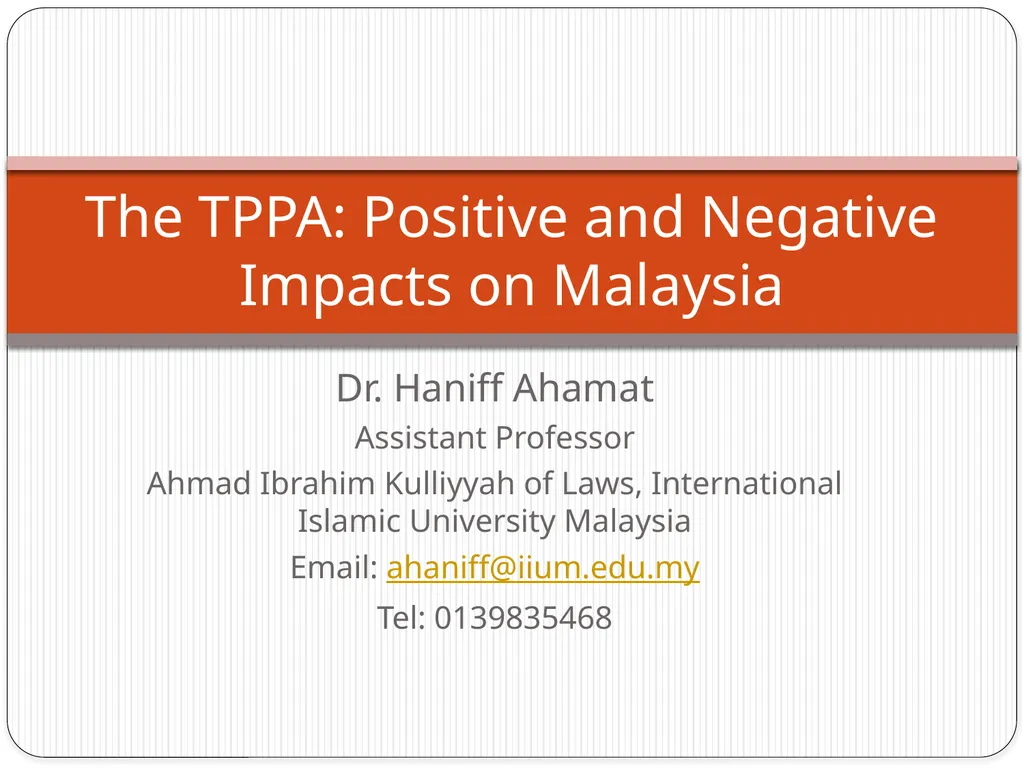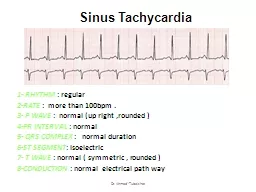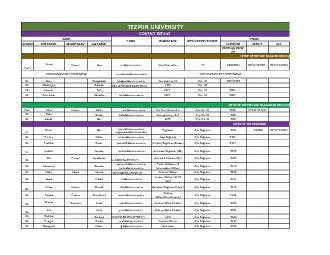
Author : test | Published Date : 2025-05-28
Description: Dr. Haniff Ahamat Assistant Professor Ahmad Ibrahim Kulliyyah of Laws, International Islamic University Malaysia Email: ahaniffiium.edu.my Tel: 0139835468 The TPPA: Positive and Negative Impacts on Malaysia History of TPPA Started with 4Download Presentation The PPT/PDF document "" is the property of its rightful owner. Permission is granted to download and print the materials on this website for personal, non-commercial use only, and to display it on your personal computer provided you do not modify the materials and that you retain all copyright notices contained in the materials. By downloading content from our website, you accept the terms of this agreement.
Here is the link to download the presentation.
"Dr. Haniff Ahamat Assistant Professor Ahmad"The content belongs to its owner. You may download and print it for personal use, without modification, and keep all copyright notices. By downloading, you agree to these terms.













